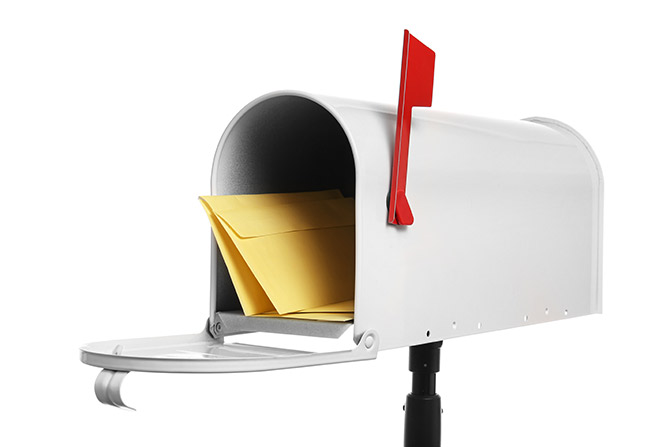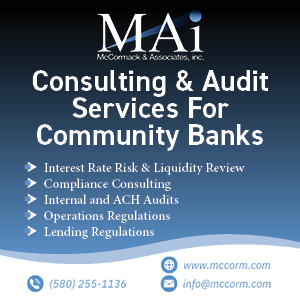Recently, financial institutions are facing large losses as a result of a growing fraud scheme. It is important for institutions to understand this fraud scheme and know how to protect themselves from potential losses.
The fraud scheme begins when an individual intercepts a check in the mail. Typically, these checks are payable to a business. The same or another individual then forms an entity in a state with the same name as the payee business. For example, for a check payable to ABC Inc., the individual will set up a corporation in the name of ABC Inc. and will prepare the relevant corporate documents. The individual will then go into the institution and open a new account in the name of ABC Inc. The institution will obtain the Articles of Incorporation as well as a Certificate of Good Standing, corporate resolutions and Bylaws. The institution will then deposit the intercepted check into the new account. Sometime later, the actual payee eventually contacts the payor to report that it never received the check, and the payor contacts its financial institution only to be told that the check has cleared. The payor’s institution then submits a breach of transfer warranty claim to the institution of first deposit for fraudulent endorsement. However, the funds in the new account have been withdrawn.
Financial institutions are left facing the issue of determining who is liable for the funds. The fraudster is ultimately liable for the stolen money but typically cannot be located or has already spent the money. As a general rule, the most negligent party should be held liable; however, the law may shift liability to another party, possibly to your institution.
When it comes to forged endorsements, the Uniform Commercial Code (UCC) § 4-207 Transfer Warranties provides that all signatures (such as an endorsement) are authentic and authorized. Under UCC § 3-403, an unauthorized signature is ineffective except as the signature of the unauthorized signer in favor of a person who in good faith pays the check or takes it for value (such as the financial institution of first deposit). However, UCC § 3-406(a) provides that a person whose failure to exercise ordinary care substantially contributes to the making for a forged signature on a check is precluded from asserting the forgery against a person who, in good faith, pays the check or takes it for value or collection. If the person asserting the preclusion fails to exercise ordinary care in paying or taking the check and that failure substantially contributes to the loss, the loss is allocated to the extent to which the failure of each to exercise ordinary care contributed to the loss. UCC § 3-406(b). Simply, if the financial institution of first deposit did not exercise ordinary care in taking the check for deposit, it will be precluded from asserting liability for the forgery against the payor’s financial institution.
So, what does your financial institution need to do to show that it acted in good faith and exercised ordinary care when accepting the check for deposit? The following checklist details some actions your institution should take:
- Follow all procedures for Customer Identification Program (CIP) and beneficial ownership, including obtaining valid government issued identification.
- Closely examine the identification provided to determine if it is genuine (institutions typically utilize an I.D. Checking Guide that contains images of valid driver’s license formats for all 50 states.)
- Compare the check issuance date with the entity formation date. A check issuance date before the entity formation date could be an indicator of fraud.
- Compare the address of the payee on the check (if there is one) with the address for the entity. Different addresses could be an indicator of fraud.
- Look at the address of the payee and the entity in comparison to your institution’s branch locations. An address that is not close to any branch location could be an indicator of fraud.
If your institution needs assistance with handling a fraudulent endorsement dispute, or other breach of transfer warrant dispute, Spencer Fane has attorneys available to help.









